Sebaceous Cyst Removal in Pune
Effortlessly remove sebaceous cysts for clear skin.
What is Sebaceous Cyst?
Sebaceous cyst is one of the most common lumps that form underneath your skin. They form when large sebaceous glands get blocked and then start filling with sebum and oily material and grow big under the skin forming large balloon-like lump. Sebaceous cysts typically are round, smooth, surfaced and movable. These cysts can be found in different sizes and often arise on the trunk, back, scalp and rarely face. They are generally painless but may cause some amount of pain if infected or inflamed. You may require medical treatment such as surgical removal or laser therapy if it develops any complications.
Do you want to remove your sebaceous cyst from the best skin care clinic in Pune? Contact us today to get a personalized treatment with the best hand.
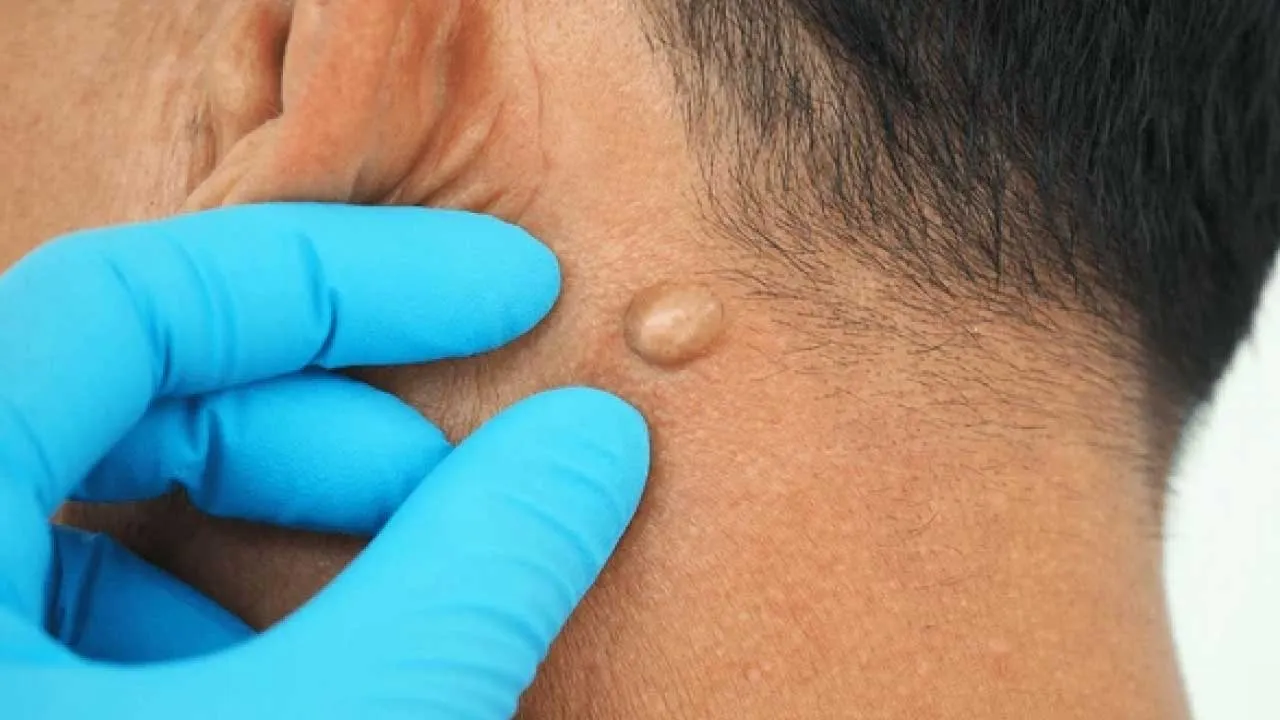
| Downtime | Avg Cost Of Treatment | No. Of Sessions Required | Success Rate | No. Of Patients Treated |
|---|---|---|---|---|
| Max 7 Days | Depends On Treatment | 1-2 Sessions | 100% | 2,000+ |
Many Treatments. One Goal.
Personalised Treatment. Best Results
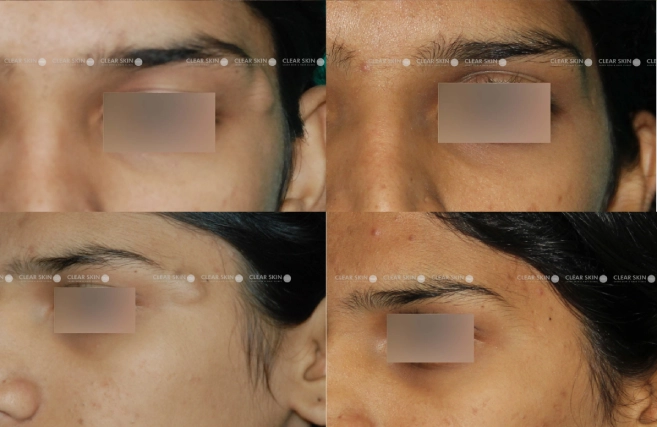
A female patient suffering from sebaceous cysts struggled with persistent lumps, discomfort, and low self-esteem.
Conditions
Sebaceous Cyst Removal
Treatment
Surgical Excision
Duration
3 Months, 2 Sessions (Settings)
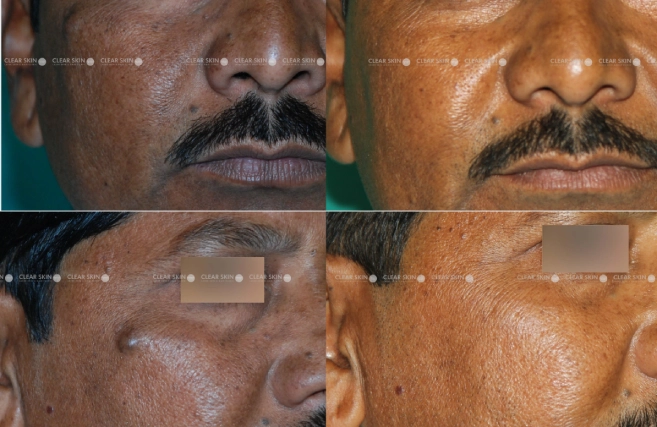
A male patient dealing with sebaceous cysts endured recurrent pain, visible skin issues.
Conditions
Sebaceous Cyst Removal
Treatment
Surgical Excision
Duration
1 Months, 2 Sessions (Settings)
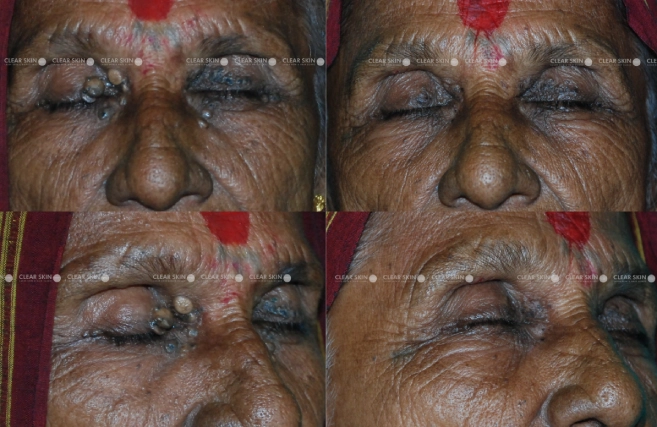
Conditions
Sebaceous Cyst Removal
Treatment
Surgical Excision
Duration
2 Months, 2 Sessions (Settings)
With Our Proprietary Treatment Approach, We Have Treated 2000+ Patients Successfully.
Be one of them!
Many Treatments. One Goal.
Yes, It Is Possible To Get Sebaceous Cysts Free Skin.
2,000+ Successfully Treated Sebaceous Cysts Patients Over 34+ years
(You are one click away from flawless skin)
All You Need To Know About Sebaceous Cyst
People can have a tendency to develop these cysts, as genetics is one of the causes of Sebaceous cysts. If sebaceous cysts are common in your family, you might have higher risks of developing them.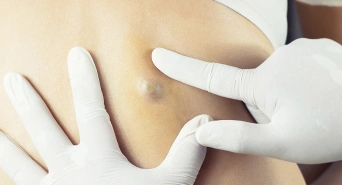
Clogged Glands
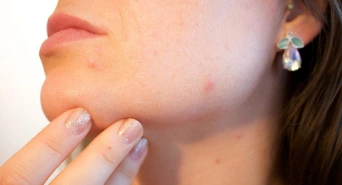
Skin Trauma And Hormonal Changes
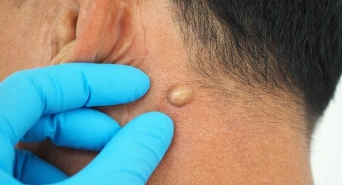
Genetic Factor
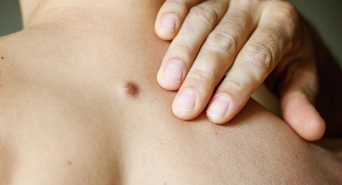
Lump Under The Skin
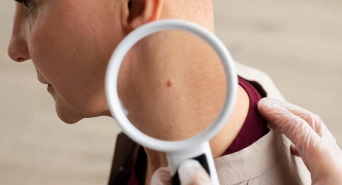
Skin Discolouration
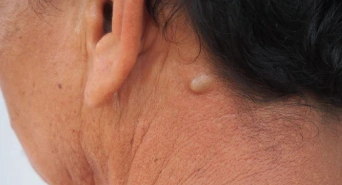
Movable Under The Skin
Small cysts can be left on their own or they can resolve with topical medicines but large cysts or inflamed cysts require surgical removal by a qualified dermatosurgeon. The surgery is performed under local anaesthesia and typically is a day procedure. The cyst is removed completely with the entire gland and the skin is stitched. Your doctors may prescribe some antibiotics for healthy wound healing post surgery.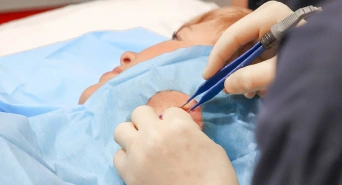
Surgical Removal
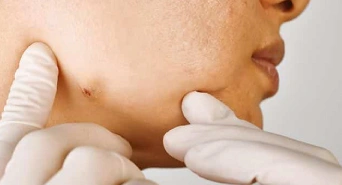
Incision and Drainage
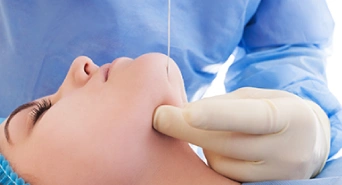
Narrow Hole Excision
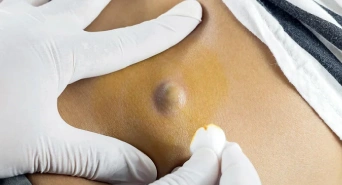
Using Antibiotics
CO2 is an ablative laser and can be used surgically for its precision instead of a scalpel. Cyst removal surgery can thus be done using CO2 laser for an even more minimally invasive approach. Laser treatment for sebaceous cyst offers advantages like better cosmetic results, minimal wound and faster healing. Moreover it can ablate the gland sac and prevent the cyst from recurring. Be mindful to get this technique done from the best dermatologist in Pune for efficient results with good aesthetics.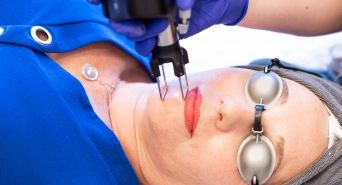
CO2 Laser Treatment
These cysts often get infected due to disease, which swells the area and causes extreme pain to your skin. It results in skin discolouration, and the lumps become tender and red. If these infected cysts grow rapidly, you need to go under epidermoid cyst removal to avoid any further complications. If your sebaceous cysts are getting bigger and causing any discomfort or pain, then this is a sign of a broken cyst beneath your skin. This is the time when you have to go through a cyst removal procedure. Only a qualified dermatologist can guide you about the removal surgery and evaluate for other potential conditions. These unwanted bumps are not always harmful, but they can harm your self-esteem. It may lower your aesthetic appeal as these form on visible parts of the body, including the face, scalp and torso. Consult expert dermatologists in Pune to completely remove your cysts and enhance your appearance.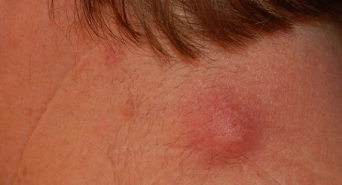
Infection
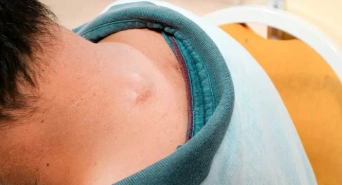
Discomfort and Pain

Lowering Your Aesthetic Appeal
Many Treatments. One Goal.
Our Patients Living Confidently Everyday.
I visit this place for my acne problem and I got excellent result. Dr Sumit is very humbal and kind and give me very effective treatment and all staff is very friendly.
I was going through acne since long...found clear skin hair md and got fantastic result for my acne best clinic for acne prone skin...thank you. Me highly recommend for people who are going through acne 🙂
Professional Acne solutions for all the skin types are available here. Big thanks to Kishori ma’am for helping me out with all my skin related issues, highly recommended.
Clear Skin clinic is rated excellent on google & practo
(4.9 out of 5 based on 8289 google & 8000+ practo reviews )
Many Treatments. One Goal.
Clear Skin. We Care.
WE ARE THE MOST PREFERRED SKIN CLINIC FOR SEBACEOUS CYSTS IN PUNE! WHY?
Discover radiant, healthy skin at our Clear Skin Clinic with our expert team, which offers personalized treatments tailored to your unique needs. From surgical to laser therapy, we offer an extensive range of services for Sebaceous Cyst Removal. We have the top dermatologists in Pune who are equipped with advanced technologies to give you the best skin treatment. Clear Skin clinic Pune prioritizes your comfort and satisfaction, ensuring the best result within your budget. Book your consultation today, and let us take all the stress of your unwanted skin problems.
We
Highly experienced, board-certified, and the best dermatologist in Pune for acne leads the team, supported by well-trained medical staff.
Dermatology services in Pune using effective and state-of-the-art technologies and equipment.
Clear Skin Clinic operates on Saturdays and Sundays for your convenience.
Provides personalised sebaceous cyst removal treatment plans and guidance to each patient following a thorough assessment and profiling of their condition.
Prioritises patient experience, satisfaction, and comfort above all else.
Known for transparent pricing and providing honest recommendations.
Actively involved in dermatological research and continually updated with the latest education on cyst prevention tips.
Enjoys a strong reputation for delivering excellent results and high patient satisfaction.
The Patient Care Team is consistently responsive to patient queries.
Others
Expertise levels can vary among practitioners.
Availability of the latest technology may not be consistent across all clinics.
Closed on Saturdays and Sundays.
Treatment approaches may vary widely for different conditions.
Service offerings and patient-centric approaches can vary.
Not constantly updated with the latest advancements.
Hygiene, safety standards, and ethical practices may vary between clinics.
Responsiveness of the Patient Care Team may vary.
Patient Guides
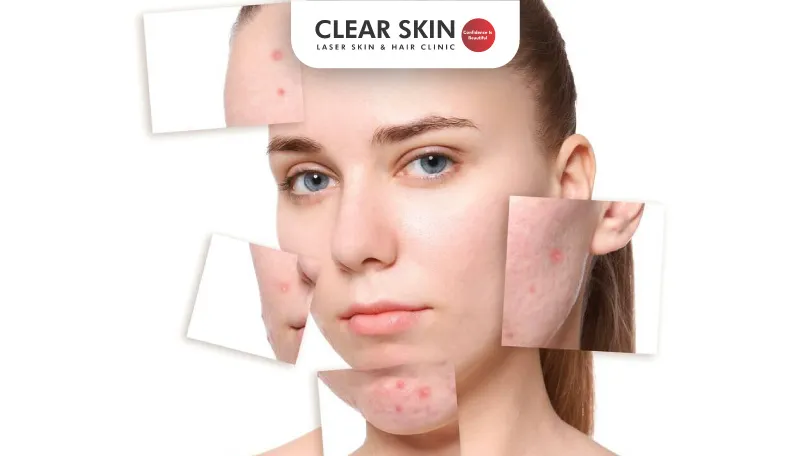
Best Acne Spot Treatments
Acne spots are marks left behind after acne breakouts, ranging from redness to hyperpigmentation. Find the best treatments for clear skin.
How to Avoid Acne in Monsoons?
Avoid acne in monsoons with a gentle skincare routine, diet tips, and hydration. Get expert advice to manage breakouts and keep your skin clear and healthy.
Does Makeup Cause Acne-Prone Skin?
Worried about breakouts from using makeup? Does makeup cause acne for you? Learn the safe ways to apply makeup for acne-prone skin.
Morning Skin Care Routine for Glowing Skin
Clear Skin Clinic, led by top dermatologists, shares the ideal morning skincare routine to help you achieve a radiant complexion naturally and effectively.
Monsoon Skin Care Tips for Radiant, Healthy Skin
Clear Skin Clinic, led by top dermatologists, shares the ideal morning skincare routine to help you achieve a radiant complexion naturally and effectively.
How To Take Care Of Oily Skin in Monsoon?
Oily skin care in monsoon focuses on gentle cleansing, hydration, and protection to reduce breakouts, greasiness, and help maintain skin balance daily.
Is Laser Hair Removal a Permanent Solution?
Can Laser Treatment Remove Hair Permanently?
We Are Here To Answer Every Possible Doubt You Have On Sebaceous Cysts.
If you don’t find answer to your query, then please write down to is. We are always there to help you.
How long do sebaceous cysts last?
Sebaceous cysts may go away on their own in about 4 weeks. However, they tend to recur. If not removed, they may go away in a few weeks or months or they may even stay forever. Cysts are noncancerous and do not pose any health threats. However, they can be extremely uncomfortable. In general sebaceous cysts do not require any treatment. Cysts may enlarge over time and eventually require surgical removal if they start causing discomfort.
What happens if sebaceous cyst is left untreated?
A sebaceous cyst, if left untreated, can keep increasing in size and later require to be surgically removed if it causes discomfort. If a cyst bursts or is secondarily infected, the doctor sometimes requires to drain it. In this scenario, the doctor may require to prescribe a course of antibiotics. If one undergoes a complete surgical removal of the cyst, it won’t usually appear again.
What is the reason for sebaceous cyst?
The reasons for sebaceous cysts include the following: – The sebaceous gland is generating oil at a faster rate than can be released from the gland. – The sebaceous gland or its duct becomes damaged or blocked, causing oil accumulation. – Genetic conditions like Gardner’s syndrome or basal cell nevus syndrome. – Hereditary conditions like steatocystoma multiplex – High levels of androgens or hypersensitivity of the sebaceous glands to androgens, can lead to a rise in the levels of sebum.
Is sebaceous cyst removal painful?
If the method of excision was used to remove a cyst, tenderness and slight pain may be experienced. Cyst removal is a minimally invasive procedure.
When should I consider having a sebaceous cyst removed?
Consider removal if the cyst becomes painful, infected, grows rapidly, or causes cosmetic concerns. Your healthcare provider can advise on the best course of action.
How is a sebaceous cyst removed?
Sebaceous cyst removal is typically a minor surgical procedure. The cyst and its sac are carefully excised to prevent recurrence. The procedure is usually performed under local anesthesia.
Are there any risks associated with sebaceous cyst removal?
Risks are minimal but may include infection, bleeding, scarring, or cyst recurrence. Following proper aftercare instructions can help minimize these risks.

